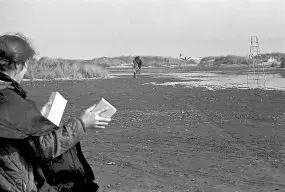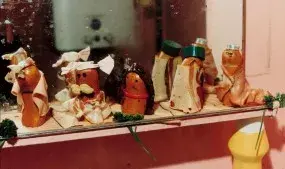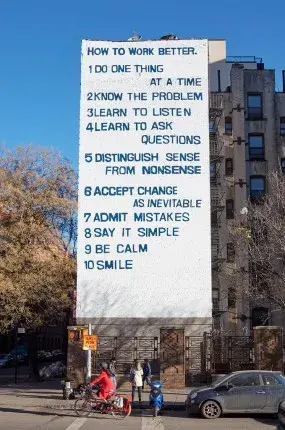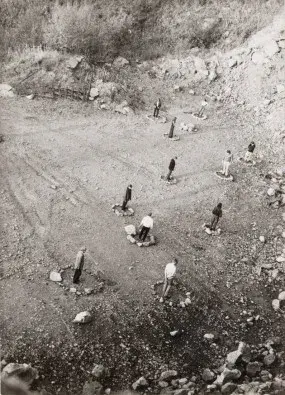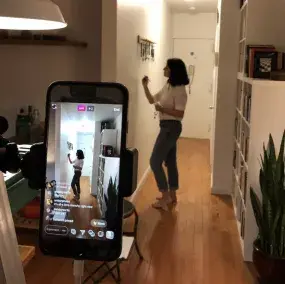When I joined the List Center in mid-January, a global pandemic was the last thing on my mind—as I’m sure was the case for most of us at that time! The last six weeks have been an atypical orientation-at-home as I continue to study the List’s history and look back on 35 years of remarkable exhibitions and commissions. At the same time, I have the pleasure of looking ahead to the artists I’m excited to work with and researching subjects that are resonating with them, or surfacing in conversations around this moment. I am grateful, even while our galleries remain closed, to be able to continue conversations with artists around the globe while working toward our upcoming publications and exhibitions—which we will look forward to sharing with you soon!
Natalie Bell
Curator
